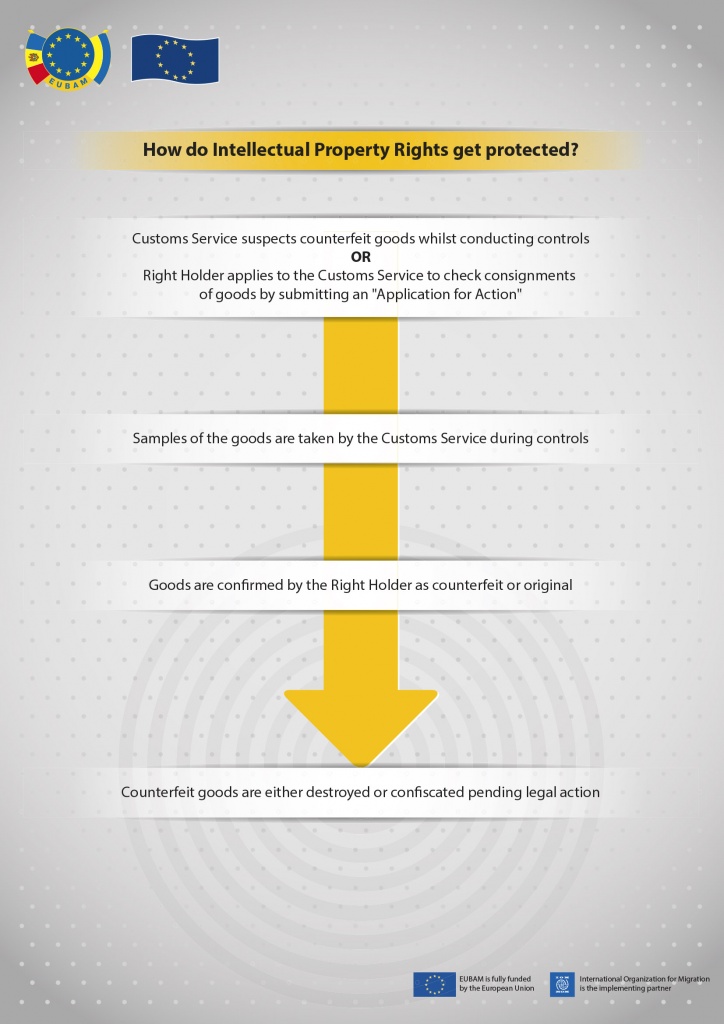It is based on information and assumptions provided by you regarding your goals, expectations and financial situation. The calculations do not infer that the company assumes any fiduciary duties. The calculations provided should not be construed as financial, legal or tax advice. In addition, such information should not be relied upon as the only source of information. The higher your result, the more efficient your fundraising campaigns are considered to be.
Start Using Your CRM the Right Way
In the next section, we will explore revenue strategies that complement effective expense management, enabling nonprofits to thrive. In this A-Z guide, you’ll learn the fundamentals of nonprofit budgeting, including key features of what makes for effective budgets. We’ll explore why budgeting is crucial for nonprofits and share 9 proven tips that successful organizations use to maintain financial stability while advancing their mission. A well-structured nonprofit budget serves as your organization’s financial planning roadmap, guiding decisions about Accounting for Churches program investments, staffing needs, and growth opportunities. This becomes particularly important when balancing mission-driven goals with fiscal responsibility, whether you’re running a local charity or a growing foundation.
Services
A well-formulated nonprofit operating budget allows for the best use of limited nonprofit resources and focuses on the primary goals and objectives of the organization. In this article, we’ll discuss what is a nonprofit budget, its importance, 12 best practices, a free template, and more. Based on this statement, CLICK’s board of directors will have to determine specific objectives to achieve this mission. These objectives will lead to the creation of relevant programs or services which will have corresponding costs and revenue opportunities.
Calculate your nonprofit’s expenses 📊
- This means that most nonprofits depend on continual fundraising efforts to operate and otherwise have little to no backup plan.
- This can provide a baseline for future budgeting, allowing you to tweak as needed for your goals rather than starting from scratch.
- Nonprofit fundraising, donor management, marketing, operations, community and project management, social media, branding, graphic design, website production.
- A budget for non-profit organizations must plan beyond immediate operational needs.
- This is where the budget becomes an effective management and operations tool for your organization.
- A cash flow budget is focused on covering big expenses like capital projects or payroll work.
This means that most nonprofits depend on continual fundraising efforts to operate and otherwise have little to no backup plan. This kind of question generally requires information from more than one report or source. In this case, I looked at the fund balance at the bottom accounting services for nonprofit organizations of the “statement of financial position,” or balance sheet.
Nonprofit organizations must consider multiple funding sources, program sustainability, and the organization’s mission while maintaining fiscal responsibility. Another step in creating a nonprofit budget is to identify the organization’s major sources of income and expenses. This information can be used to estimate income and expenses for the upcoming budget period. Reviewing the organization’s past financial performance is another important step in creating a nonprofit budget. This information can provide insights into trends in the organization’s income and expenses, which can be helpful in estimating future income and expenses. This guide is designed to help nonprofits of all sizes master the art of budgeting.
Expenses
- Your annual unrestricted surplus should be sufficient to meet debt obligations, fund depreciation, and add to operating reserves.
- The second meeting of the budget committee should focus on developing a draft of an expense budget and an income budget.
- Grab a free copy of this comprehensive guide to developing your business from scratch.
- To set your target to this amount, multiply your total annual expense by 0.25.
- Take time to collect financial data from previous years as best as possible.
- It is based on information and assumptions provided by you regarding your goals, expectations and financial situation.
The process begins with the decision of which activities at your organization comprise a program for the purpose of budgets and https://nerdbot.com/2025/06/10/the-key-benefits-of-accounting-services-for-nonprofit-organizations/ financial reports. Often, the definition of programs is evident in how your organization delivers services and functions internally. Some nonprofits identify every activity or grant as a separate program while others combine many activities under the umbrella term. For budgeting and allocations we suggest that you separate your activities into distinct programs that will provide meaningful insight into the financial model.
Tips for creating an annual operating budget.
And if you’re a self-proclaimed “word-person” like me, then the thought of having anything to do with nonprofit organizational budgets might make you turn green with worry. Grant-makers have the potential to contribute large sums to nonprofits and board directors should ensure that they meet the grantor’s requirements to qualify. Donors expect to know how their donations are helping the organization so boards need to consider how they can communicate this information to donors. The categories in your budget can vary depending on your business or business goals. You might wonder if an operating budget is for revenue or expenses, and the answer is both. These are the two most basic components considering that the most basic purpose of a budget is to anticipate and track the money coming in and going out.









